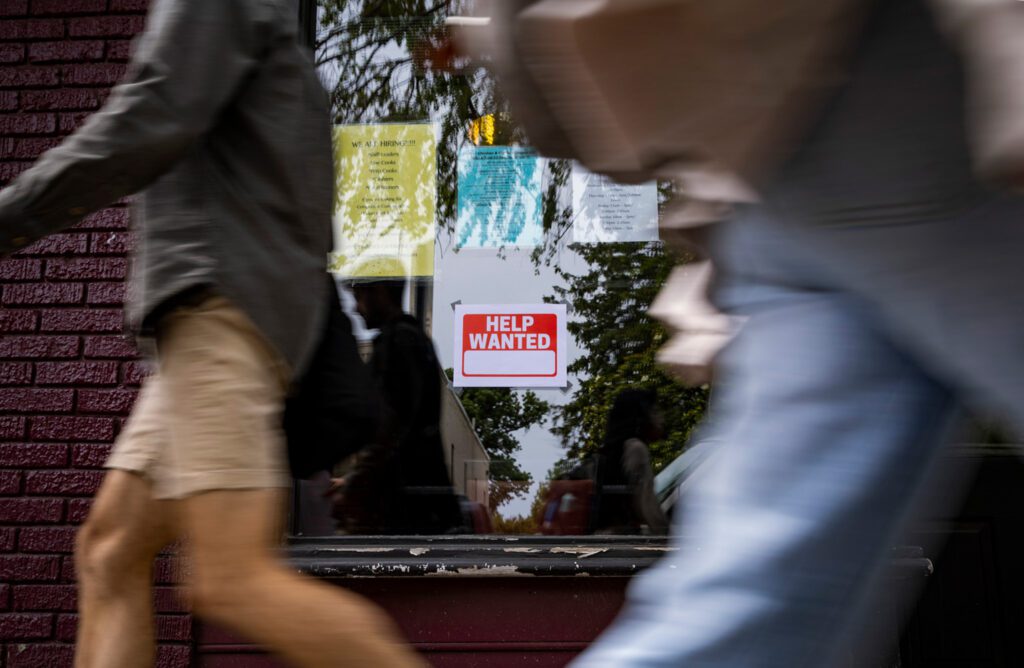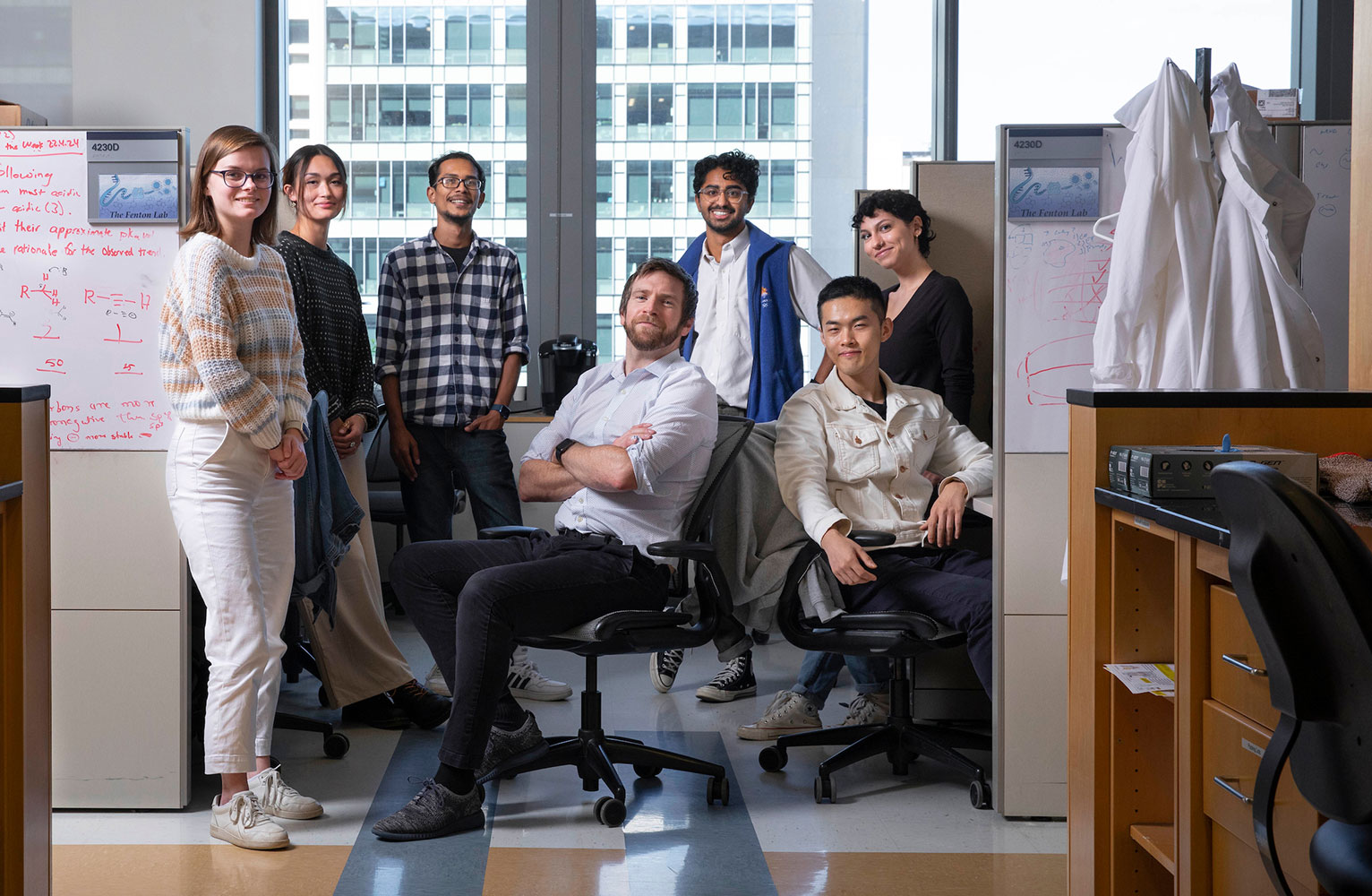
At the beginning of 2020, 23-year-old Danny Braddy had his dream job. He worked for a Michelin-star chef and was well on his way to becoming one. But after the onset of the COVID-19 pandemic, his path was completely derailed.
His story is one of thousands.
The pandemic led to a historic drop in job opportunities, disrupting workers of all ages. Now, as the world continues its journey out of the pandemic, the U.S. has seen an unprecedented rebound in job availability.
Such economic issues have been the focus of Anita Brown-Graham, the Gladys Hall Coates Distinguished Professor of Public Law and Government and associate dean for strategic initiatives of the UNC School of Government. Brown-Graham directs a statewide effort, called ncIMPACT, using research and data to inform policy.
In 2021, Brown-Graham found a strong collaborator across campus at the Kenan Institute of Private Enterprise: NCGrowth. This national center provides technical assistance to businesses, governments and other organizations to create jobs and new wealth in economically distressed communities.
The groups quickly realized how well they complement one another: ncIMPACT helps state and local leaders explore state systems, while NCGrowth focuses on creating and sustaining jobs. Together, they launched a new project, “Where are the Workers?”
“That project reflected the need to examine both the demand and supply side of labor and how they meet in a place of mutual benefit in communities,” Brown-Graham said.
Over the past year, the project has illuminated an increasing difference in perspective between employers and potential employees, with the latter bringing more questions to the table about what a job should look like. Significant themes included flexibility in place and time, meaningfulness, and personal connection to the work.
“Many higher wage jobs have always had this kind of flexibility: benefits, vacation time, shift flexibility and even lack of drug testing,” says NCGrowth Executive Director Mark Little. “Previously, there was no conversation about what that would look like for lower-wage jobs. After COVID, there is an increasing willingness to talk about these things.”
Read more about the “Where are the Workers” project…
Related Stories




